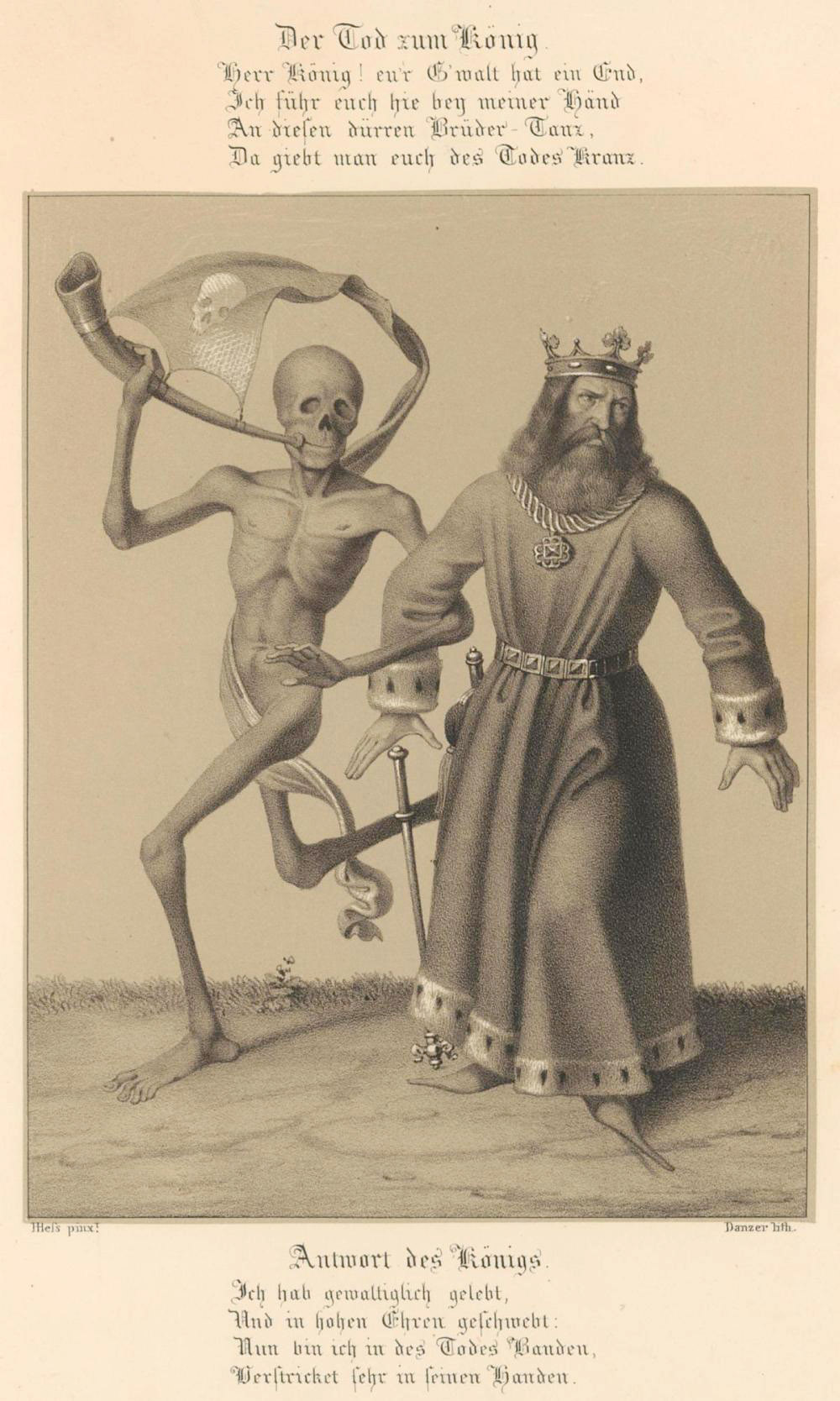I tried to make it work on the piece, but it just didn’t come together, so I got to start all over again. If, like me, you tend to get abnormally attached to a certain colour, get as many as you can, it will save you much aggravation in the long run.

![The Problem [right} and the New Choice [left].](https://i2.wp.com/freethoughtblogs.com/affinity/files/2018/06/ThornProblem.jpg?resize=1500%2C996&ssl=1)



















